Kanchenjunga region history
“Kanchenjunga Conservation Area
Department of National Parks and Wildlife Conservation
Kanchenjunga Conservation Area is a protected area in the Himalayas of eastern Nepal that was established in 1997. It covers 2,035 km2 (786 sq mi) in the Taplejung District and comprises two peaks of Kanchenjunga.
In the north it adjoins the Qomolangma National Nature Preserve in Tibet, and the east the Khangchendzonga National Park in Sikkim. To the west, it borders the Sankhuwasabha District.
It ranges in altitude from 1,200 to 8,586 m (3,937 to 28,169 ft). It is part of the Sacred Himalayan Landscape, which is being developed by WWF Nepal in partnership with the International Centre for Integrated Mountain Development.
People living in areas of high altitudes must cope with the climatic and geomorphological challenges that come with the terrain and the altitude that makes these places relatively unpredictable, low primary productivity, and high environmental fragility in comparison to the lowland areas. Like the midhills, the high altitude areas are inhabited by different ethnic groups and speak a variety of languages and dialects. They are mainly Tibeto-Burman ethnic groups such as Rai, Limbu, Tamang, Jirel, Thakali, Magar, Gurung, and Sherpa. Of these, the Sherpa communities generally live in the highest areas, beyond which there is no possibility of human settlement.
People living at high altitudes have developed several different adaptive land strategies and practices for subsisting in the harsh conditions of mountain ecosystems. Five broad traditional subsistence agriculture strategies prevalent in the central and western Himalayas of Nepal and India are as follows: Settled, mixed farming; swidden agriculture; middle-altitude agropastoralism; high-altitude agropastoralism; and pastoral nomadism Overall, settled mixed farming is the most common practice, with middle and high altitude agropastoralism the most widespread adaptive strategies at higher altitudes. Terraces are carefully maintained for the cultivation of rice, wheat, maize, millet, mustards and vegetables. Pastoralism revolves around cattle, water buffalo, sheep, and goats, with a seasonal altitudinal shifting of grazing areas, which in some cases include major long-distance movement to summer alpine pastures. This agropastoralism is said to be historically characteristic of Hindu Pahari hill-caste villagers in western Nepal, whose cultural origins and characteristics are closely related to the people of the Gangetic plain of India. Transhumant herding of yak, cattle-yak crossbreeds, sheep, and goats is practiced. Many people are also involved in trading to exchange grain from middle-altitude groups for high altitude resources such as Tibetan salt and wool. People in this group are almost exclusively Buddhist, with a culture and lifestyle closely resembling that of the Tibetan people.”
– Source: Wikipedia, WWF.
Some of our Trekking Itinerary
Photo gallery: @Lhakpa Dorji Sherpa



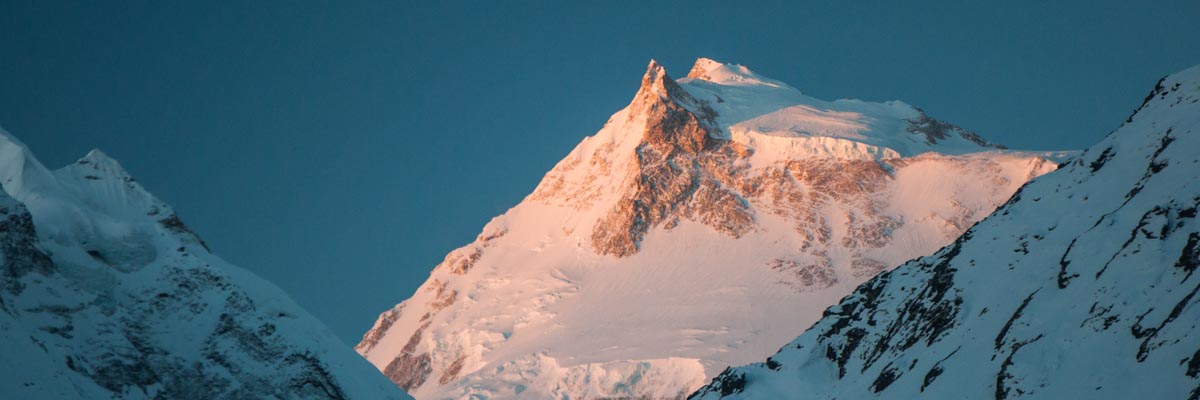
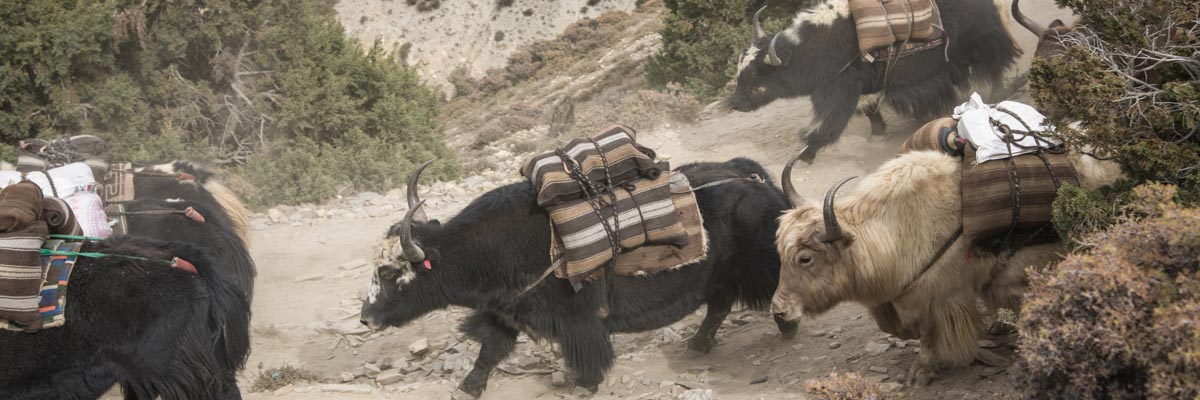
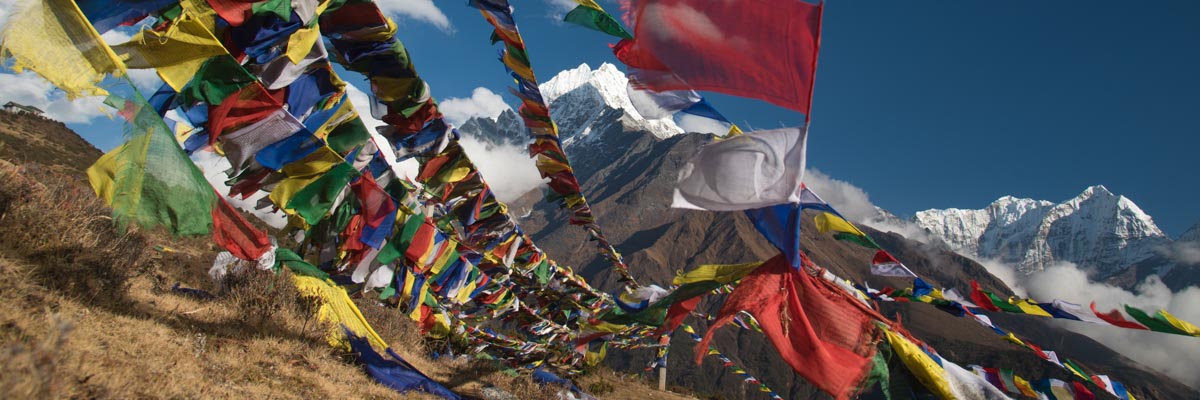
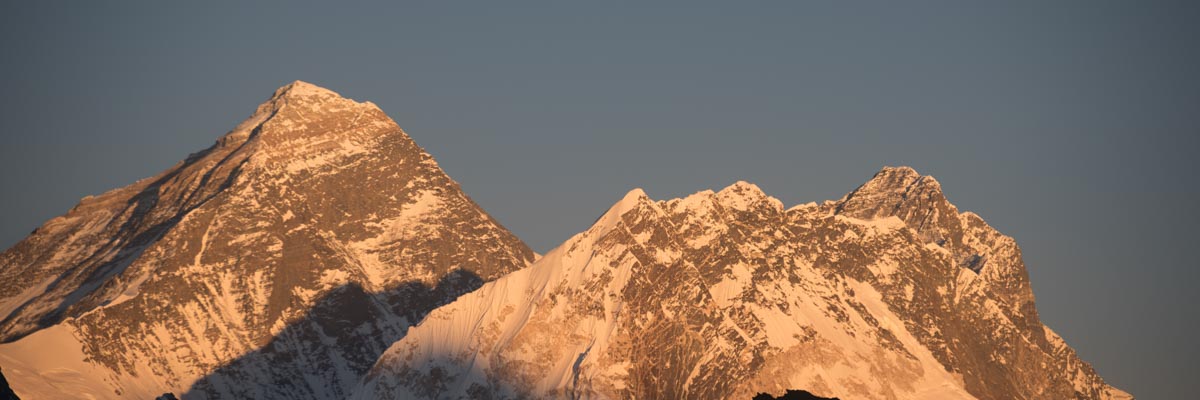
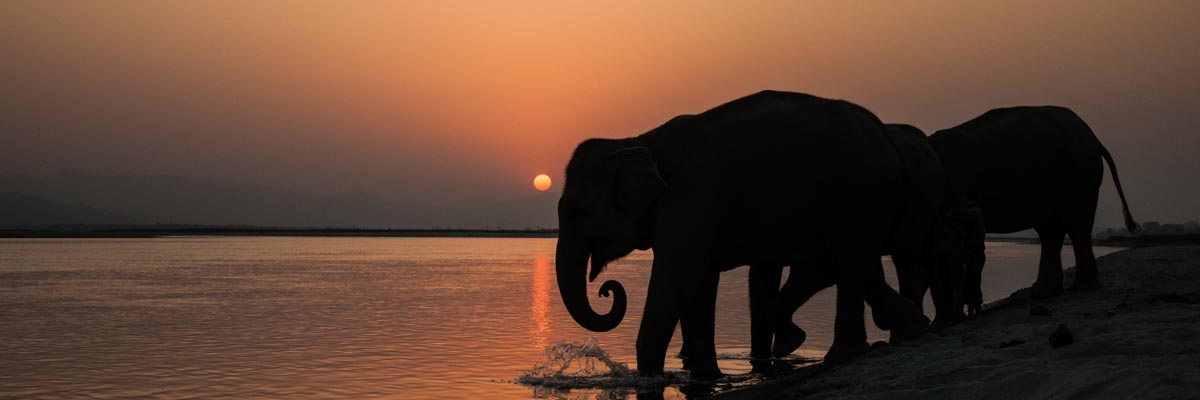




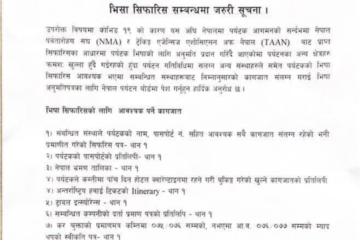
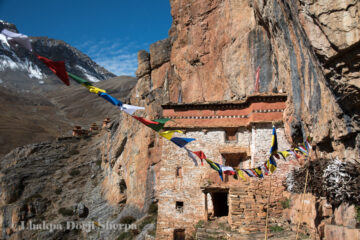

0 Comments